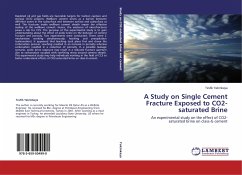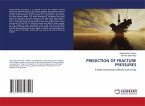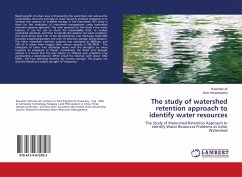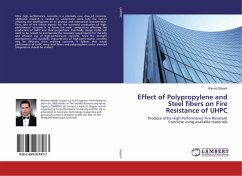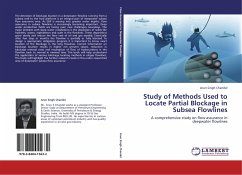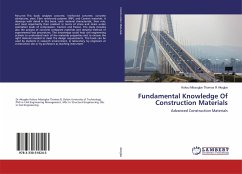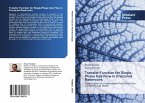Depleted oil and gas fields are favorable targets for Carbon capture and storage (CCS) projects. Wellbore cement serves as a barrier between different zones in the subsurface and between surface and subsurface as well. The fractures inside wellbore cement sheath impair the effective sealing of the wellbore cement. Hence, the existence of microfractures poses a risk for CCS. The purpose of this experimental study is to gain understanding about the effect of acidic brine on the behavior of cement fracture and porosity. Two experiments were conducted. There were 2 mechanisms working simultaneously: leaching and precipitation (carbonation). It appeared that leaching took place first and drove the carbonation process. Leaching resulted in an increase in porosity whereas carbonation resulted in a reduction of porosity. In a possible leakage scenario, acidic brine exposure may result in a reduced fracture aperture due to carbonation coupled with confining stress around cement sheath. This experimental study may help individuals working in the field of CCS to better understand effects of CO2-saturated brine on class-G cement.

